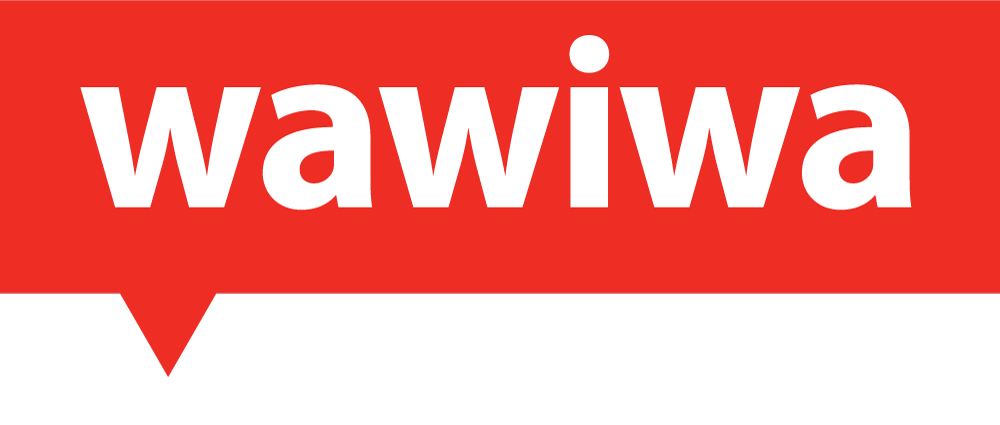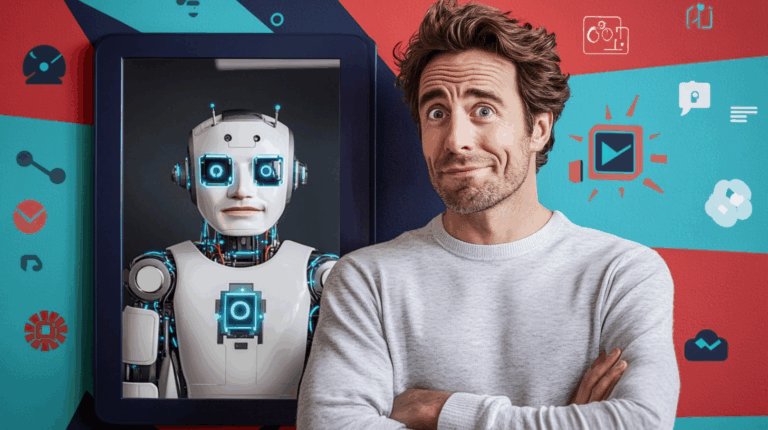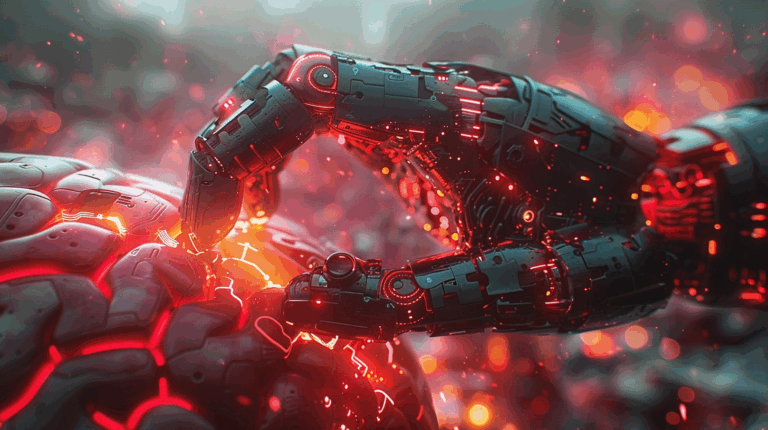In a recent webinar hosted by IVETA Global and Wawiwa Tech, we discussed the transformative role of Generative AI in education – particularly in Vocational Education and Training (TVET). Some of the topics we explored included AI’s influence on adult learning, the required AI skills for educators, the benefits of AI for students, and the must-know AI tools for educators.
Watch the Webinar recording now!
The Speakers

Dominic Slauson, Learning Experience Designer at the University of California, Irvine.
Dominic has championed various roles in the educational arena from being an instructional technologist to an online faculty developer. His notable contributions in using AI for nursing education, combined with his academic background and certifications from esteemed bodies like Google and Quality Matters, make him an authority in creating equitable learning experiences across platforms.

Oded Israeli, CMO at Wawiwa Tech.
Wawiwa is reskilling the world to tech. With over two decades of experience straddling diverse tech sectors, Oded brings to the table insights in accommodating AI-driven changes in strategy, marketing, and business operations. Oded has been part of NASDAQ-traded tech enterprises and startups sold to tech giants. He holds an MBA from INSEAD and an LL.M from Tel Aviv University.

Moderator: Dr. Julie Furst-Bowe, Vice President For Academic Affairs at Arkansas Tech University and Editor of IJVET, the IVETA’s Journal.
Julie is an experienced consultant and senior leader in higher education. She is an esteemed Fulbright Specialist with over 20 years spearheading pivotal academic roles in various universities and educational commissions.
Generative AI in Adult Education
Generative AI is emerging as a transformative technology, reshaping entire industries including adult education. This innovation is bringing forth new pedagogical methodologies, fundamentally changing how we perceive learning and instruction. Mr. Slauson said the following at the webinar: “AI is transforming the way we think, learn and teach. As educators, we have an obligation to understand and harness the power of AI ethically and responsibly. By doing so, we can revolutionize the instruction we provide, and offer students the genuine and impactful learning experiences they need for their future success.”
The infusion of Generative AI into the educational paradigm isn’t just about automation or efficiency. It’s about crafting intricate, immersive learning experiences. Through AI, educators can generate course and lesson materials, visually striking graphics, tests and comprehensive and personal assessments, sometimes in a matter of minutes. Such enhancements are particularly valuable in vocational training and adult learning, where the application of real-world skills takes precedence.
Beyond course material, AI’s capabilities extend to the realm of assessments. Educators can now employ AI to construct detailed rubrics, carefully aligned with learning objectives. An example highlighted at the webinar was the construction of an in-depth nursing case study. This included not only textual scenarios but also enriched with realistic patient data, histories, vitals, decision points, and even images of (fictitious) patients. Such detailed, real-world simulations are goldmines for learners, offering them authentic, practice-based learning experiences.
While the possibilities seem endless, it’s imperative to approach this technological marvel with caution and responsibility. Educators and institutions must prioritize AI literacy. By understanding its strengths and limitations, they can harness its power while avoiding potential pitfalls. The future invites educators to integrate AI into their practices and concurrently to instill in learners the knowledge and curiosity to use such tools themselves, responsibly.
Addressing the Skills Gap: The Role of AI in Vocational Training
The rapidly evolving technological landscape has brought to light an urgent issue: the global skills gap. Universities, which once were the prime agents of knowledge building, are now grappling to keep pace with the swift transformations in the tech sector. As a result, many graduates find themselves in a paradox – they possess degrees but not the skills necessary to find a job in the industry. In this challenge, vocational training stands out as an effective vehicle. It promises to deliver targeted skill sets, pertinent to real-world jobs, equipping learners to meet the immediate demands of employers and the industry. Research forecasts that 50% of the global workforce will need to reskill or upskill by 2025, highlighting the importance of vocational training programs. Oded Israeli from Wawiwa Tech shared his personal conviction that given Generative AI’s explosive disruption, 100% of employees – each and every one of us – need to upskill now, to understand how Generative AI can help them in their roles, as people who know AI will replace people who don’t, and some jobs are already lost to AI as we speak.
AI’s capabilities are expansive: while ChatGPT demonstrates its prowess by generating text based on given prompts, Midjourney creates tailored images upon request, eliminating the need for image sourcing on the internet. Within two months of its release late 2022, ChatGPT already boasted a staggering 100 million active users, underscoring its meteoric rise and acceptance, and currently serves many hundreds of millions more.
As with all powerful tools, the use of AI in education brings forth a set of ethical quandaries. To begin with, Generative AI sometimes generates false data that cannot be relied on. Fact checking is always in order, especially when dealing with education. There are concerns about the inherent biases present in Large Language Models (LLMs), like ChatGPT, stemming from their foundational data sets that are extracted from human language and Internet information. Midjourney also exhibits instances of such biases, often creating content that mirrors societal stereotypes.
Beyond biases, there’s a tangible risk of concealed plagiarism. The potential misuse of AI by students to create made-up content further complicates the situation. Hence, educators need to be aware of AI’s potential pitfalls. Encouraging AI literacy, promoting responsible usage, and adopting a human-centric (or wo/man-in-the-middle) approach to AI tools will be essential in ensuring that the digital future of vocational training remains strong, equitable, and ethically sound.
Conclusion: Embracing AI’s Potential in Vocational Training
The transformative wave of artificial intelligence in education, as discussed in our webinar, holds both promise and challenges. Generative AI, with its capacity to redefine pedagogical methodologies, is not just altering how we approach learning and teaching; it’s also positioning itself as a pivotal tool to bridge the global skills gap and make training accessible to people in developing countries, given its availability to anyone through natural language commands. As Oded Israeli noted at the webinar, “People who use AI will replace people who don’t use AI, way before the robots might replace us all.” It’s essential that educators and learners alike engage with AI tools, ensuring our education systems adapt and thrive.



